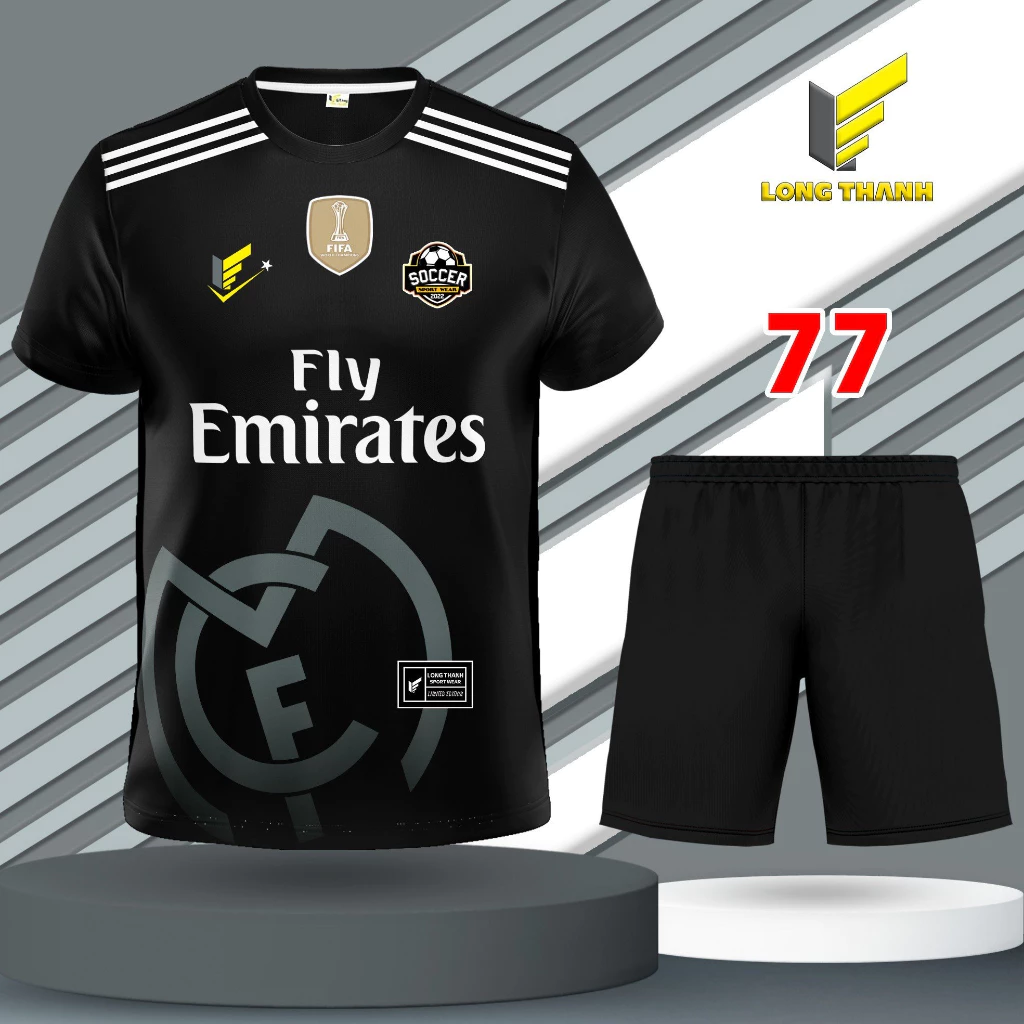Hasora anura
| Hasora anura | |
|---|---|
 | |
| Phân loại khoa học | |
| Giới (regnum) | Animalia |
| Ngành (phylum) | Arthropoda |
| Lớp (class) | Insecta |
| Bộ (ordo) | Lepidoptera |
| Họ (familia) | Hesperiidae |
| Phân họ (subfamilia) | Coeliadinae |
| Chi (genus) | Hasora |
| Loài (species) | H. anura |
| Danh pháp hai phần | |
| Hasora anura (de Niceville, 1889)[1] | |
Slate Awl, Hasora anura, thường được biết đến với tên the Slate Awl,[2][3] là một loài bướm ngày thuộc họ Bướm nhảy được tìm thấy ở châu Á. In Ấn Độ it được tìm thấy ở Sikkim and the Khasi Hills.
Range
[sửa | sửa mã nguồn]In Ấn Độ the butterfly ranges from Mussoorie eastwards to Sikkim, the Shan states in Myanma, Thái Lan, Southwest and Central Trung Quốc (Vân Nam).[2][4]
Status
[sửa | sửa mã nguồn]Rare as per Evans (1932).[4]
Miêu tả
[sửa | sửa mã nguồn]- See glossary for terms used.
Watson (1891) [5] gives a detailed description, shown below:
- Male upperside, both wings deep bronzy-brown, the base and disc thickly clothed with long ochreous-brown hairs; cilia ochreous-brown. Forewing with a minute subapical transparent shining yellow dot. Underside, both wings dark brown, somewhat glossed with purple. Forewing with the inner margin broadly pale, a broad discal dark band free from purple gloss. Hindwing with the basal two-thirds much darker than the outer third, the dark portion well-defined, bearing towards the abdominal margin on the dividing edge a small prominent ochreous spot, an ochreous anteciliary line from the anal angle to the first median nervule, the ochreous spot and line obscure in one specimen; a prominent whitish spot in the middle of the disc in one specimen, obscure in the other.
- Female upperside, both wings coloured as in the male. Forewing with a quadrate spot at the end of the cell, an elongate one below across the first median interspace, its inner edge straight, its outer edge concave; another smaller narrow spot constricted in the middle across the middle of the second median interspace; three increasing subapical dots all these spots shining translucent rich ochreous. Underside, forewing with the spots of the upperside showing through, the inner margin broadly bright ochreous: otherwise as in the male. Closely allied to the common Hasora badra, Moore, from which it differs in both sexes in having no large anal lobe to the hindwing, this lobe being present in H. badra and coloured black on the underside, of which black patch there is no trace in H. anura; the latter also is a smaller insect; the female differs in having the three large discal yellow spots of the forewing considerably smaller, and of a deeper richer yellow.
Chú thích
[sửa | sửa mã nguồn]- ^ Card for Hasora anura in LepIndex. Truy cập ngày 12 tháng 10 năm 2007.
- ^ a b c Marrku Savela's Website on Lepidoptera Page on Hasora genus.
- ^ TOL web page on genus Hasora
- ^ a b Evans,W.H.(1932) The Identification of Indian Butterflies, ser no I1.6, pp 314.
- ^ Watson, E. Y. (1891) Hesperiidae indicae. Vest and Co. Madras.
Tham khảo
[sửa | sửa mã nguồn]Xem thêm
[sửa | sửa mã nguồn]- Coeliadinae
- Hesperiidae
- List of butterflies of India (Coeliadinae)
- List of butterflies of India (Hesperiidae)
Tham khảo
[sửa | sửa mã nguồn]- Evans, W.H. (1932) The Identification of Indian Butterflies. 2nd Ed, (i to x, pp454, Plates I to XXXII), Bombay Natural History Society, Mumbai, India.
- Kunte, Krushnamegh. (2000) Butterflies of Peninsular India, (i to xviii, pp254, Plates 1 to 32) Universities Press (India) Ltd, Hyderabad (reprint 2006). ISBN 81-7371-354-5.
- Watson, E. Y. (1891) Hesperiidae indicae. Vest and Co. Madras.
- Wynter-Blyth, M.A. (1957) Butterflies of the Indian Region, Bombay Natural History Society, Mumbai, India.
Online
[sửa | sửa mã nguồn]- Beccaloni, G. W., Scoble, M. J., Robinson, G. S. & Pitkin, B. (Editors). 2003. The Global Lepidoptera Names Index (LepIndex). World Wide Web electronic publication. [1] (accessed 22 tháng 9 năm 2007).
- Brower, Andrew V. Z., (2007). Hasora Moore 1881. Version 21 tháng 2 năm 2007 (under construction). Page on genus Hasora in The Tree of Life Web Project http://tolweb.org/.
- Savela, Marrku Website on Lepidoptera [2] (accessed 22 tháng 9 năm 2007)
Chúng tôi bán
 GIẢM
21%
GIẢM
21%
190.000 ₫
240.000 ₫
 GIẢM
50%
GIẢM
50%
19.000 ₫
38.000 ₫
 GIẢM
44%
GIẢM
44%
33.000 ₫
59.000 ₫
 GIẢM
33%
GIẢM
33%
30.000 ₫
45.000 ₫
 GIẢM
2%
GIẢM
2%
14.700 ₫
15.000 ₫
